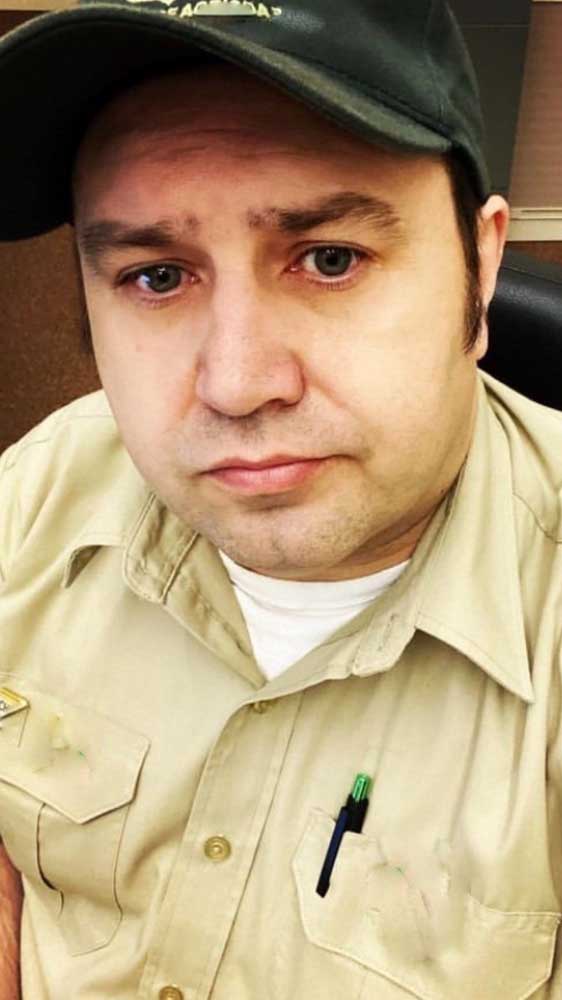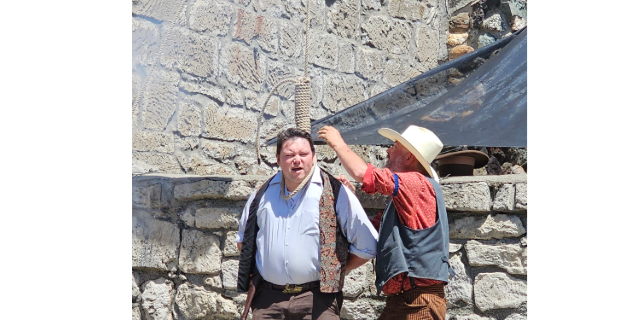Hope Theory can help break big problems into smaller, attainable ones
Published 12:00 am Friday, May 17, 2019

- 123rf
Ugh. I knew the minute I looked out the back door that I wasn’t doing anything fun that Saturday. My dog had escaped the back yard for the third time, which had forced my denial into a reality check. I had to rebuild the fence, or my dog and I would be in trouble.
At closer inspection, most of the fence was rotting. I looked around my backyard, which spanned a quarter of an acre, my heart sinking as I silently calculated just how many boards it would take to replace the fence.
It was a lot of boards.
I was willing rebuild the fence, but the job looked insurmountable. Even if I worked on it all day, there was no way I was going to finish it that weekend. But perhaps, just perhaps I could do part of it. Another day I could do more.
Reality check
Have you ever had that same stuck feeling? Your circumstances are too big, spanning too great a distance, and your heart sinking at the reality check in front of you?
Do that for a long time, and you begin to lose hope.
But here’s the thing about hope. It’s a feeling, yes. Perhaps even an existential or spiritual concept. But it’s also a way of thinking. In my field of counseling, we call that a cognitive strategy. And the really awesome thing is that cognitive strategies can be learned.
In other words, you don’t have to stand in front of your broken fence, despairing. You can learn to think hopefully and use that thinking style to develop motivation toward real change.
Hope Theory
Hope Theory was developed by a positive psychologist named C.R. Snyder. Snyder believed that people could live fulfilled lives through hopeful thinking, which manifests in two ways: pathway and agency. Pathway is a thinking pattern that visualizes dreams and crystalizes them into tangible goals. Agency is a thinking pattern that creates energy and motivation to achieve those goals.
In counseling, I help clients develop pathway and agency thinking through hopeful language. Imagine me standing in front of my fence that day. What if I had said to myself, “It’s too much, I’ll just have to kennel my dog every day from here on out….” How sustainable would that solution be? Instead, I said to myself, “It is too much for today, but if I work at it I will be able to get out eventually. I’ll do what I can today…I’ll redo at least 25 boards. Tomorrow I’ll do some more.”
And then I picked up the drill.
Now, mind you, it was hard. Replacing 25 boards was a Lot. Of. Work. But as I began, I noticed that just one replaced board made me feel better. Then more boards…and more. Before I knew it, I had a whole section done.
From your fence
Are you, too, stuck in a difficult season? Life feeling out of control? You’re looking for a way to get things done, but not sure how you are going to get there?
Start right where you are. What small steps can you take today to move forward, even if it’s just a little way? Those small steps are your goal for today. Tomorrow, you’ll do the same thing.
Actually starting is more difficult, but if your goals are attainable, motivation builds. Just like board after board soon leads to a finished section, each of your small achievements add up. You then look over what you’ve accomplished, which fuels your motivation even more.
You have the tools right now, in the way you think. Visualize the change you want and create today’s goal. Start, work at it for a while, and stop to look back at what you’ve accomplished.
Slowly but surely, you have created your way to a better future. •





